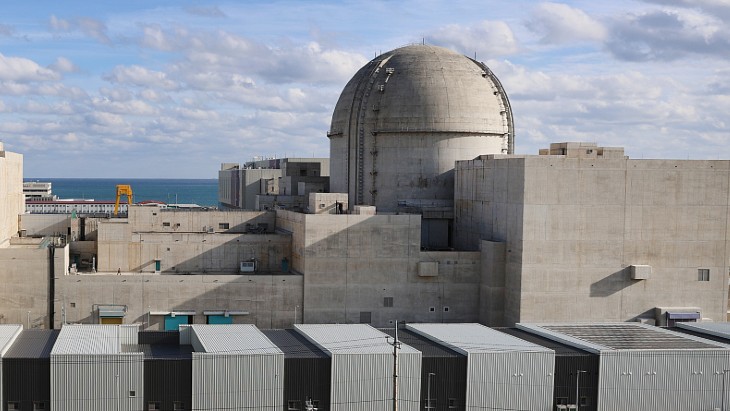A consortium of three Japanese companies has agreed to end their investment in Canada-based Uranium One, securing long-term uranium purchasing rights instead. Meanwhile, Uranium One is upping its 2010 production forecast.
.jpg) |
| South Inkai (Image: Uranium One) |
Uranium One has agreed to buy back the convertible debentures it sold to the trio's Japan Uranium Management Inc (JUMI) for C$271.79 million ($264.42 million), equivalent to 101% of the amount originally paid by the three companies when they agreed to buy 117 million shares in the company in 2009. The Japanese companies subsequently agreed to take up convertible debentures instead of common shares in a transaction completed in January 2010.
The latest agreement is subject to the completion of the acquisition of a controlling share of Uranium One by Russia's AtomRedMetZoloto (ARMZ), and is expected to be effective by December 2010.
Uranium One ups guidance
Uranium One says it expects to produce 7.0 million pounds U3O8 (2693 tU) in 2010, up from its earlier predictions of 6.8 million pounds U3O8 (2616 tU), because of better-than-expected performance at its South Inkai deposit in Kazakhstan. The company's second quarter figures boast attributable production of 1.826 million pounds U3O8 (716 tU), more than double the figure for the same period in 2010, primarily due to the acquisition of a 50% interest in the Karatau uranium mine and the continued ramp up at South Inkai.
Researched and written
by World Nuclear News




_72306.jpg)


_49562.jpg)





